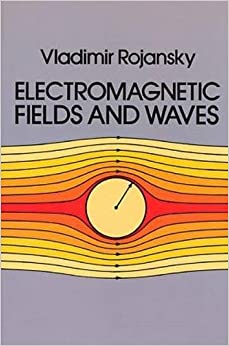Answered step by step
Verified Expert Solution
Question
1 Approved Answer
Before you begin, you will need to model the situation: Consider what forces act on the bead as it moves through the fluid and determine
Before you begin, you will need to model the situation: Consider what forces act on the bead as it moves through the fluid and determine how changing the potential difference between the electrodes and measuring the resultant speed of the beads will enable you to find the charge on the beads. Carefully reflect on what assumptions you are making as you model the situation and think about the implications these assumptions have for the design of your experiment. Be sure to record your thoughts in your lab notebook. Part 2: DI Water Design an experiment to determine the charging of beads in fluid. Consider "broad stroke" details (e.g., What data are we collecting? How much data is 'enough'?) as well as 'fine stroke' details (e.g., What part of the slide are we viewing? How are we collecting data? How do our assumptions affect our procedure and analysis?). Be sure to consider the qualitative aspects of the motion, as well (e.g., Is this really directed motion? Could it be random motion? Which electrode ( or -) are the beads moving toward?). Once you have a good experimental design, gather data to determine the charging of our glass
Step by Step Solution
There are 3 Steps involved in it
Step: 1

Get Instant Access to Expert-Tailored Solutions
See step-by-step solutions with expert insights and AI powered tools for academic success
Step: 2

Step: 3

Ace Your Homework with AI
Get the answers you need in no time with our AI-driven, step-by-step assistance
Get Started


